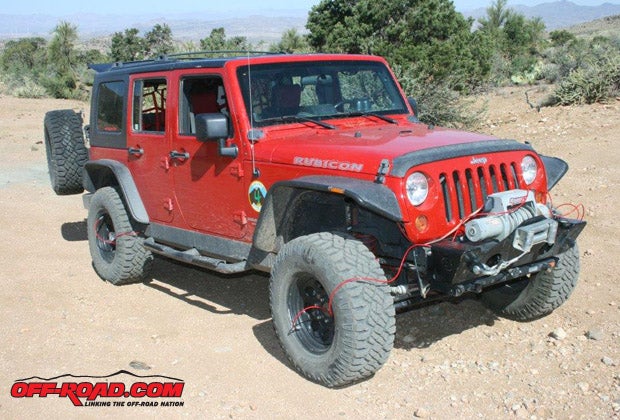
Like many other startup off-road product manufacturing enterprises, the 2-Way Air system was the result of a one-off experiment by an active enthusiast trying to save himself some time and effort. He’d designed and installed the original concept on his Toyota rock buggy. Pat Hickman, founder and engineer behind the suspension systems of Rock Smasher Engineering (a well-known company in the Northwest), got tired of running around deflating his tires individually and then refilling them for the drive back home, so he came up with a new approach to controlling his tires’ air pressure. Once his friends and wheeling mates got a gander at his solution, they talked him into making them systems as well. And, thusly, 2-Way Air was born.
As Hickman has said, “The current methods for inflating and deflating your vehicle’s tires are fine–if you own a unicycle. Why drag a hose from one tire to the next when you can inflate all of them at the same time?” Instead, use a “whip” (a separate quick-connect air hose) at each wheel with each tire attached to a central manifold, which in turn is connected to your air supply (compressor, air tank, or even your spare tire). If you’re out with a large group and something feels off with your Jeep’s traction, with a 2-Way Air system, you can jump out and adjust your air pressure up or down in all four tires or both tires on an axle in just seconds.
But I’m getting ahead of myself. In order to optimize the 2-Way Air system, an air supply is needed. A JK Unlimited is the largest Wrangler ever made by Jeep, but it is still difficult to find a good location for the air compressors and air tank, so I decided not to use an air tank. Therefore, a sufficient air supply is needed, so I bought a pair of Viair 12-VDC, 40-amp, 200-psi, 480C dual-performance air compressors (pewter in color), which comes in a kit (Summit Racing part number 48012, $400) and includes pressure sensors and air lines.
If you have the room in your rig, a tank, in my opinion, would be better than no tank. You can pressure the tank when you’re nearing the end of a trail and dump all that into the tires to start the process, then the compressor does the work. But you have to find room for it. That is why I like the dual compressor setup and no tank. The 48012 kit takes up less space and works like a mule, and the compressors can be reduced down to 150 psi maximum for the 2-Way Air system.
We did, however, build a manifold—which is like a very small tank—in order to mount all the air valves, the bleeder valve, a pressure gauge, and the input air hose. It was made from a small section of 2x2-inch steel square tubing, which was plugged up by welding two pieces of steel onto its ends.
Clean air is needed for the compressors, and each compressor comes with a small filter that is exchangeable. However, the filters would have been below the front bumper with the air compressors and we felt they would be too difficult to change easily, and would have to be changed often, so we opted to run a hose from the engine’s air filter box to provide all the clean air I could ever use.
According to the manufacturer’s information, “2-Way Air utilizes a patent-pending manifold and valve system that consists of non-kinking 3/8-inch polyurethane manifold tubing, custom-designed brass Schrader inflation valves, push-to-connect fittings and quick connect whips.”
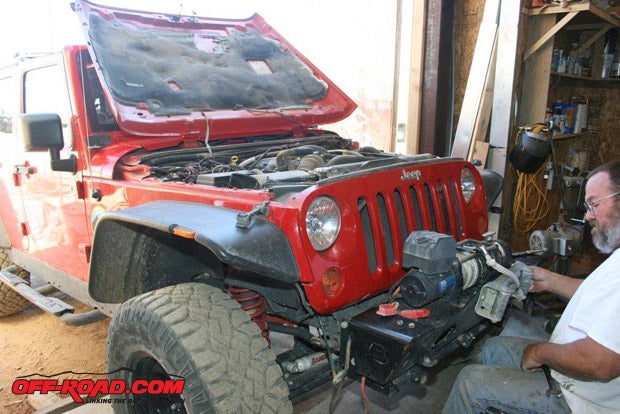
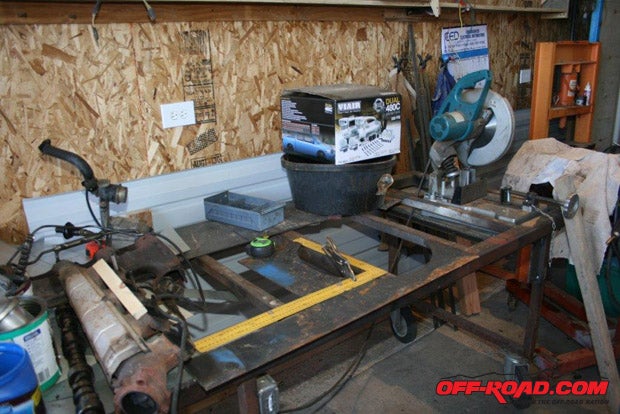
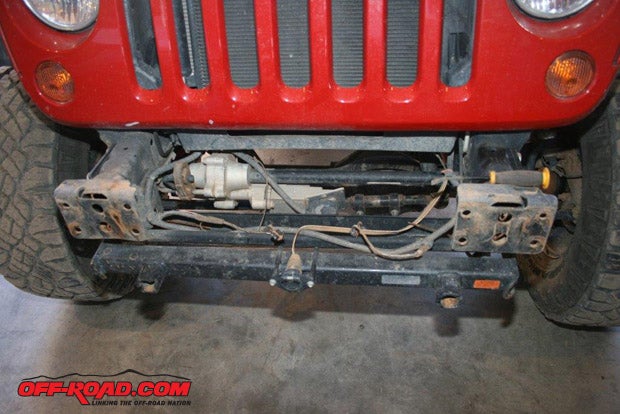
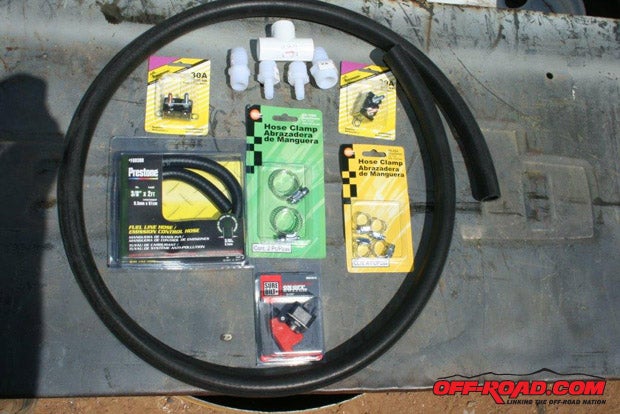
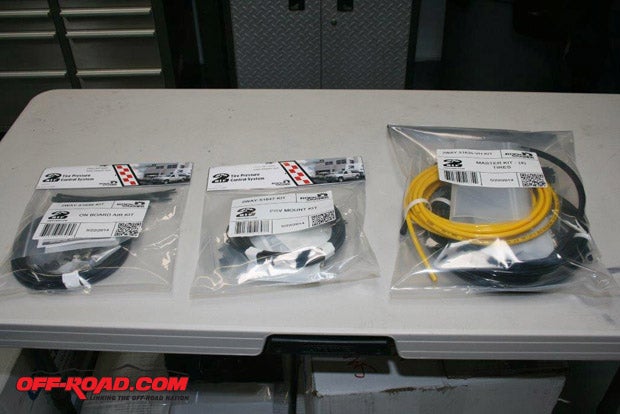
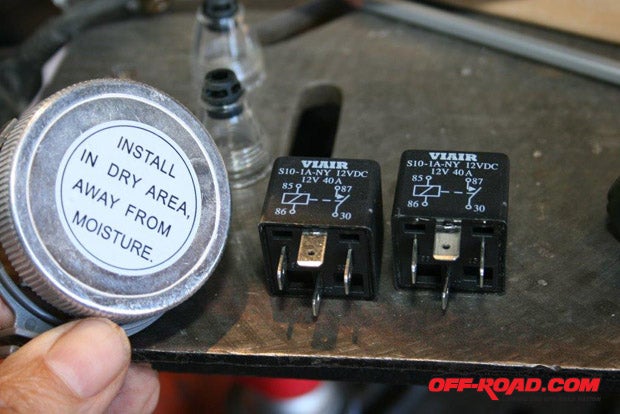
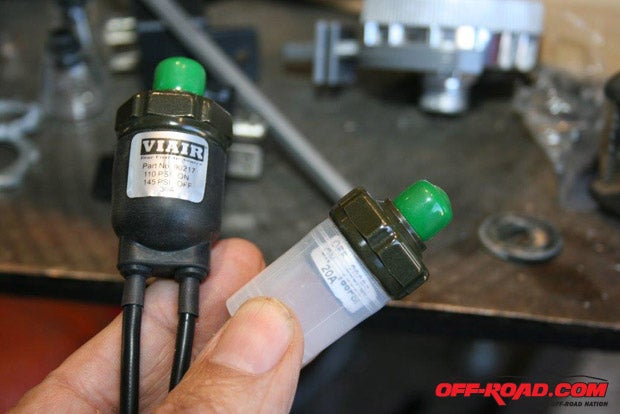
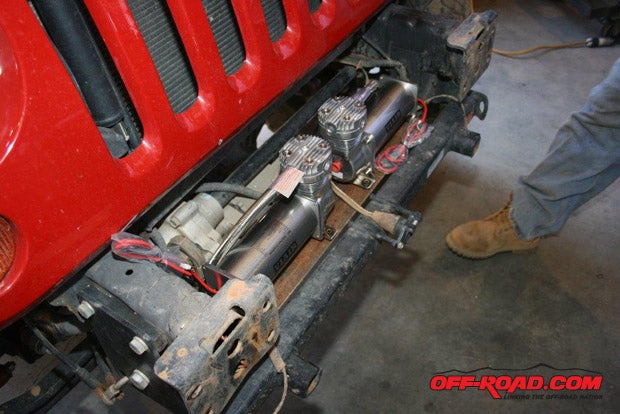
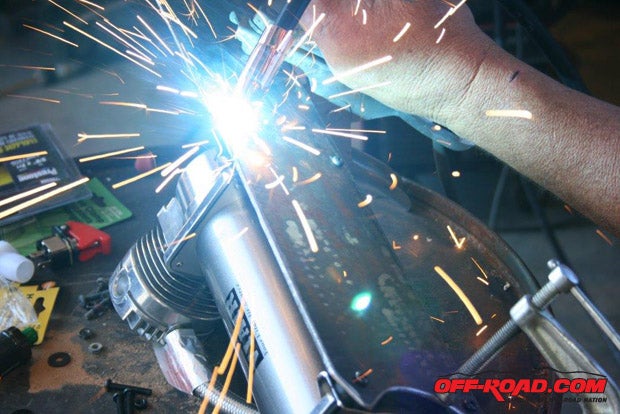
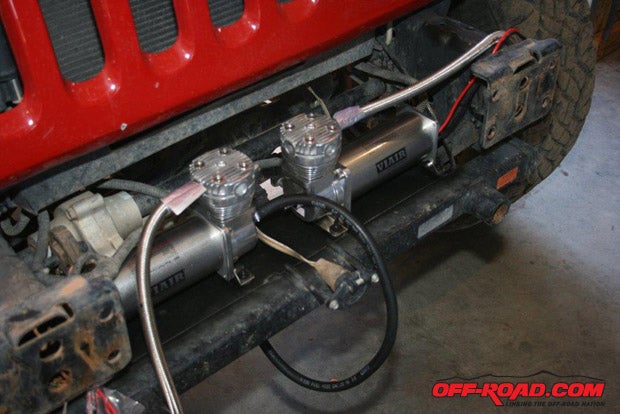
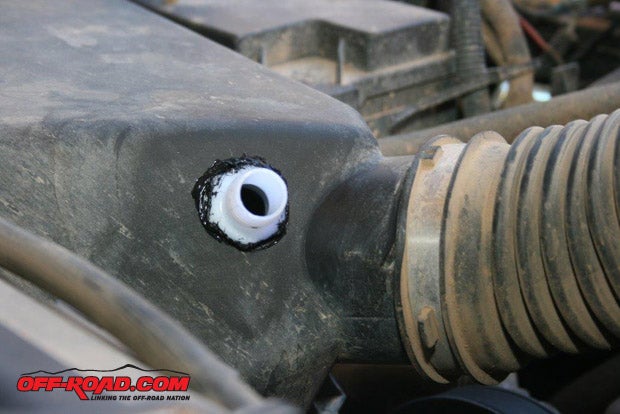
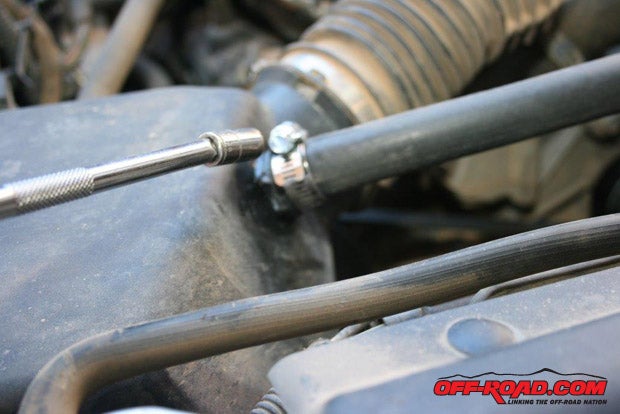
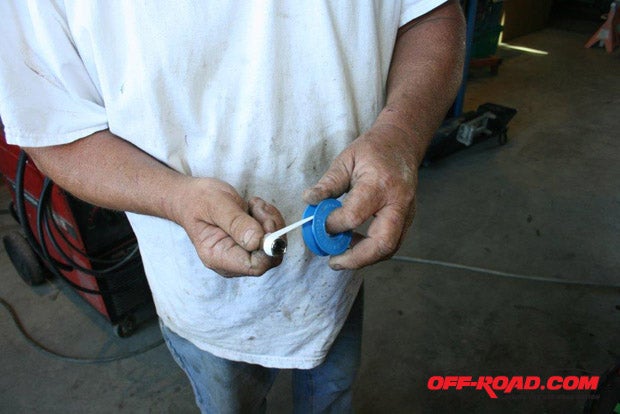
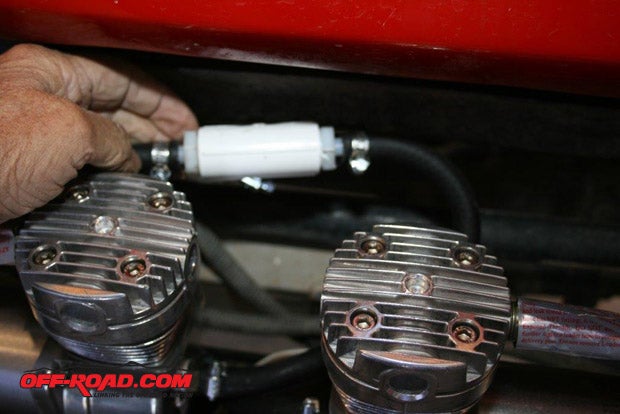
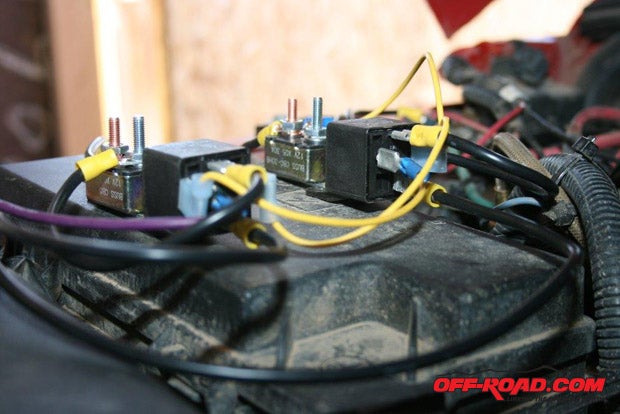
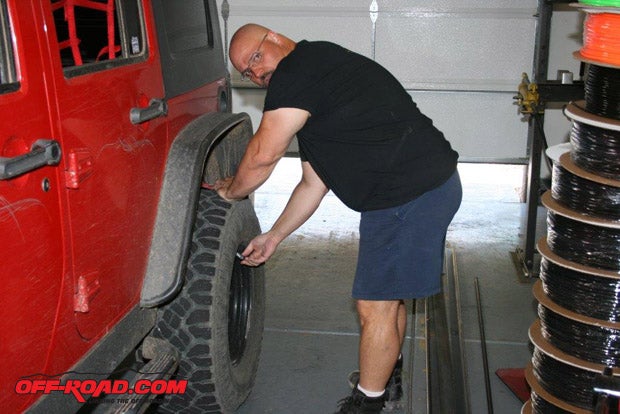


 Your Privacy Choices
Your Privacy Choices